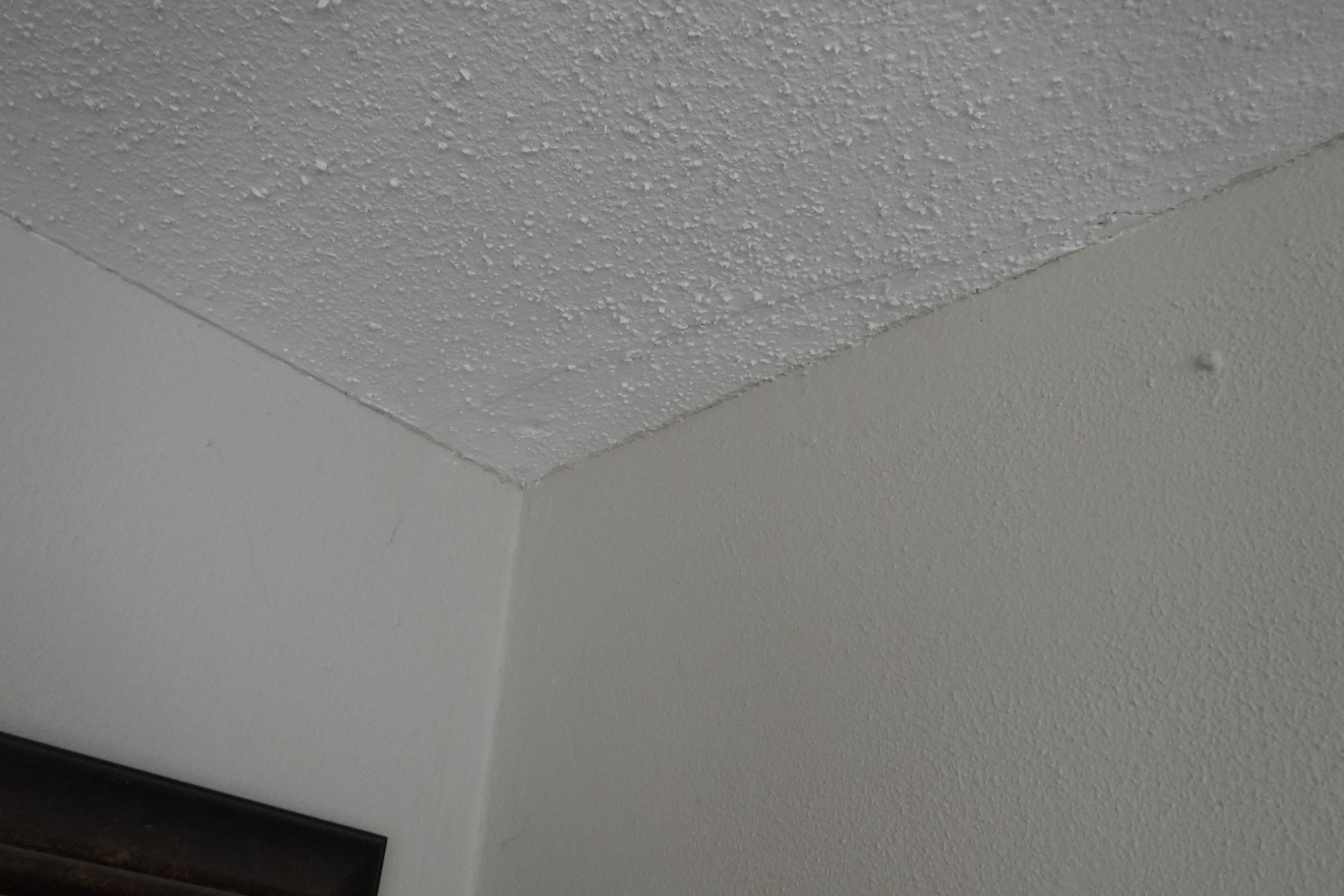
Acoustic ceilings or popcorn ceilings, as they are commonly known, were very popular in homes from the 1950’s to the 1980’s primarily for the ability to quickly and easily cover minor imperfections in ceilings compared to other surface finishes. The “acoustic” name refers to the ability to reduce noise levels because of the increased surface area and irregular shapes that redirect sound. Acoustic ceilings also have some downsides as well, such as being difficult to clean and difficult to match the same size, pattern and texture of the original application when a repair is required and most notably that it can contain asbestos. The Clean air Act of 1978 banned spray-on asbestos products, but it continued to be installed into the 1980’s to allow distributors to use existing supplies. The amount of asbestos contained in a product or application can vary however, the most important aspect is how friable it is. Friability refers to how crumbly it is and how easily the asbestos fibers can become airborne. Asbestos causes damage when inhaled into the lungs so care must be taken during repairs or removal. These ceilings are best left well encapsulated in paint or if they are removed they should be done by a professional that is trained and experienced in this type of work to minimize contamination and health concerns. Many home products can be health hazards and we work hard to inform you of any potential concerns.

Recent Comments